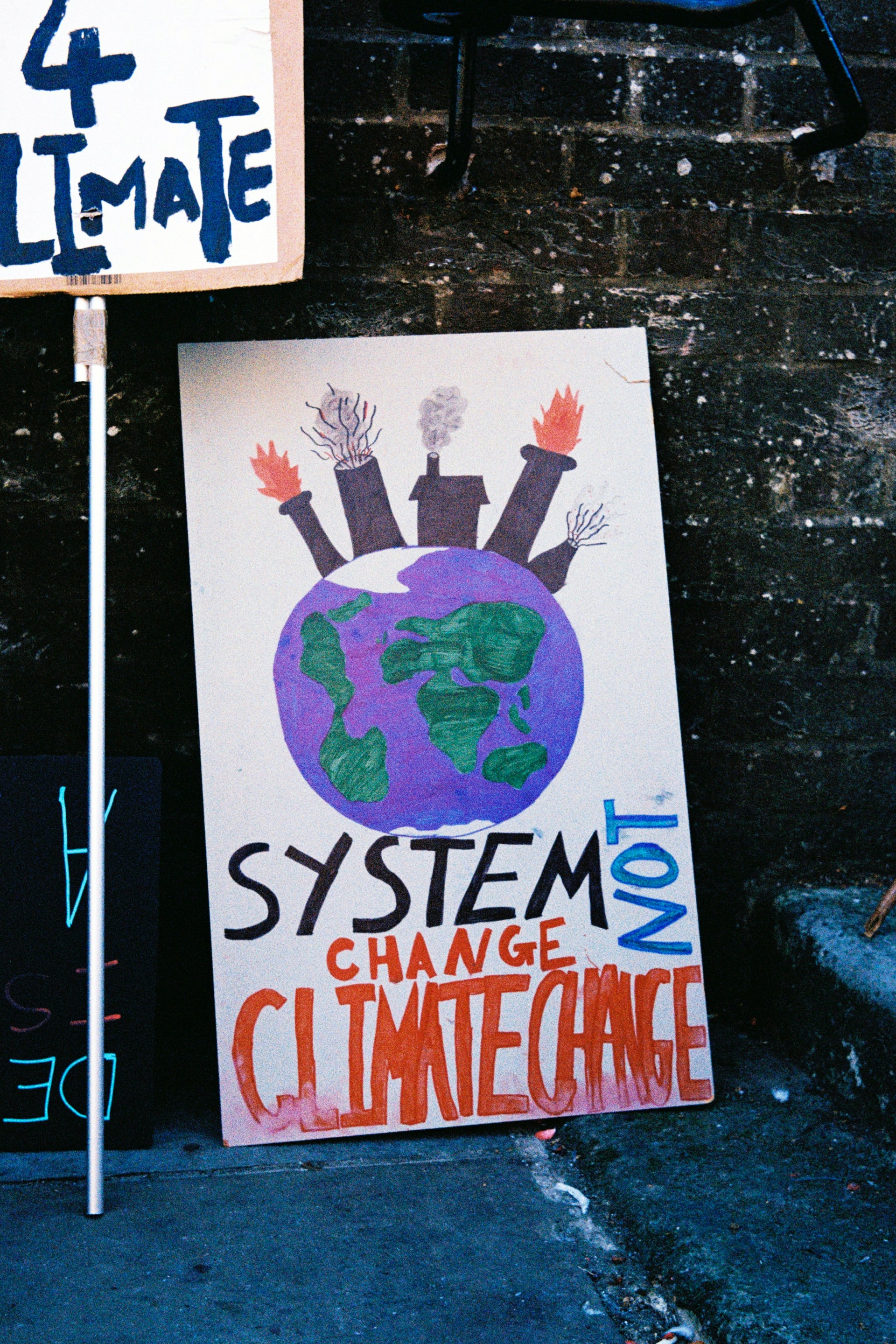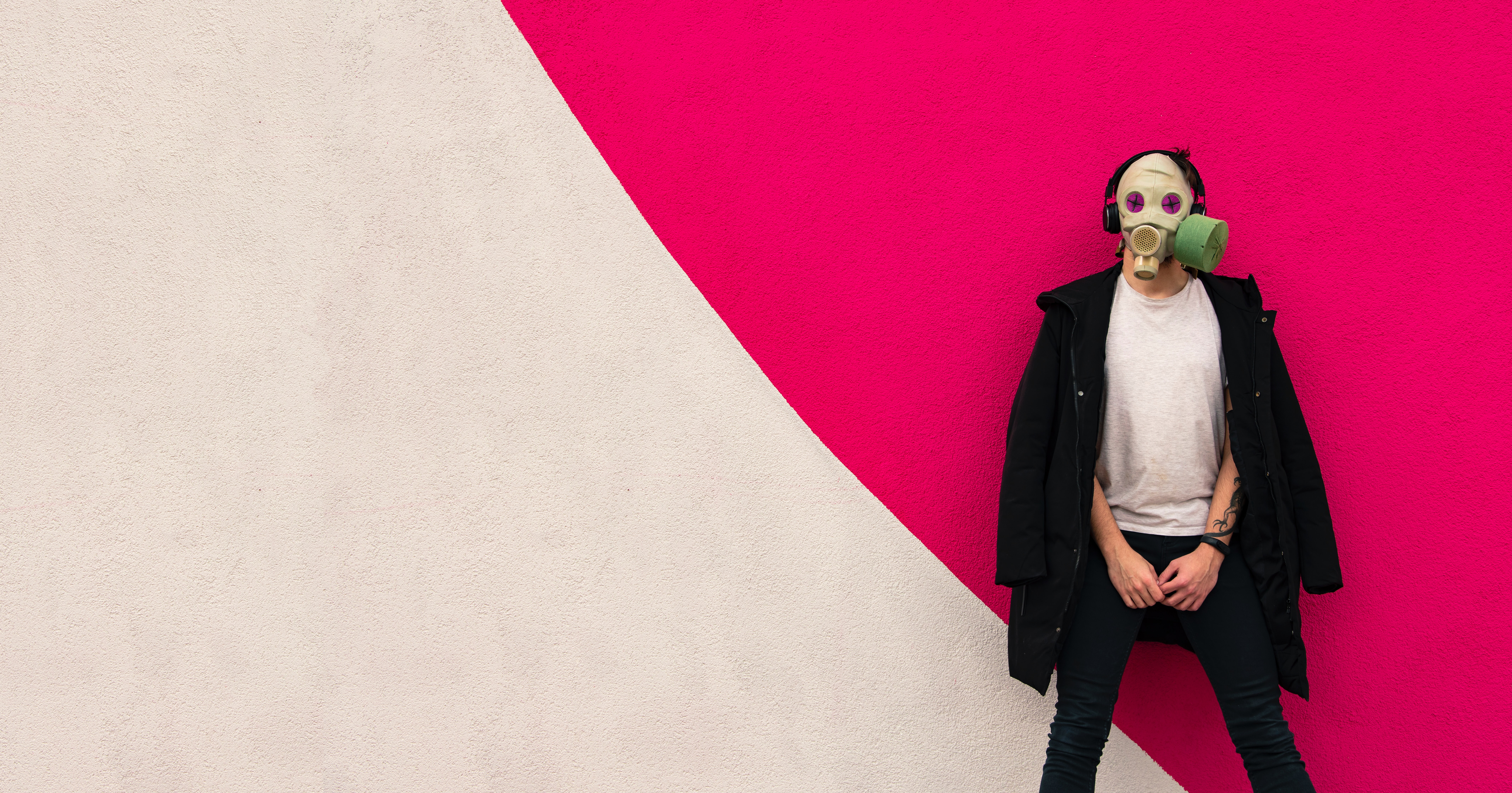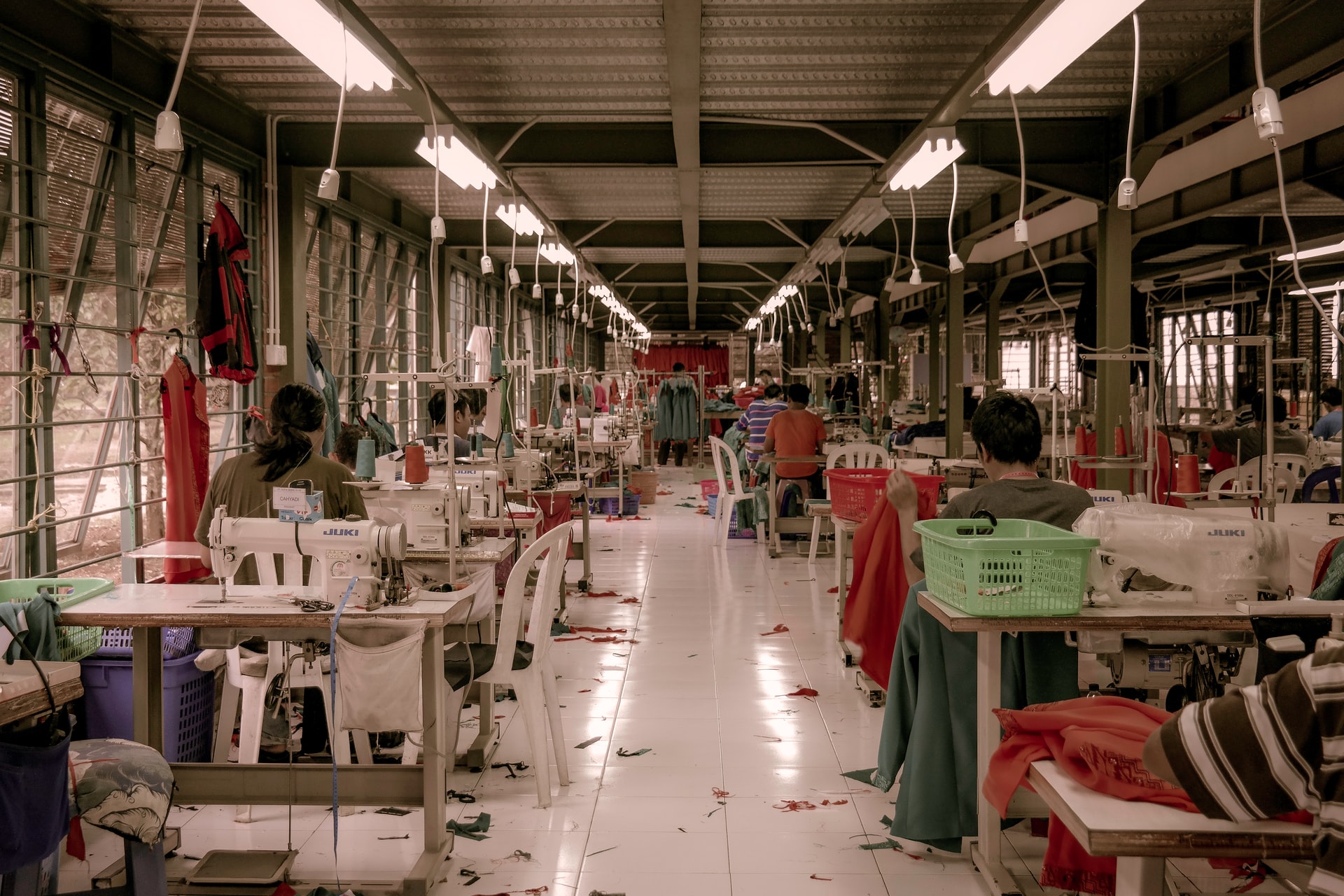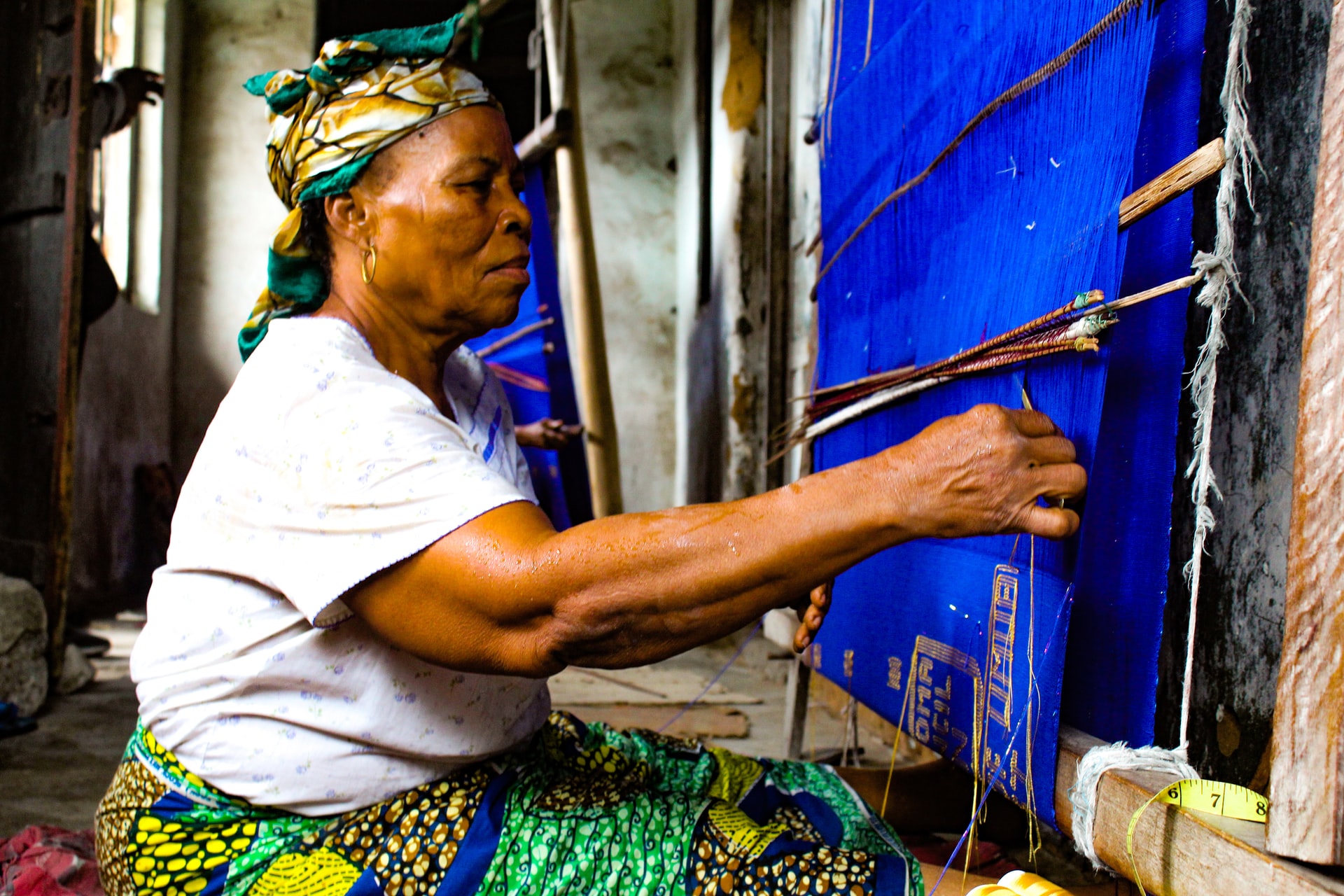Fashion, NGOs and Social Impact

It takes a village to be sustainable. Fashion companies and designers are increasingly adopting strategies to recalibrate impact within the social and environmental dimensions of their businesses, and they’re not doing it alone. NGOs and consultancy agencies specializing in distinct areas of sustainability are becoming valuable assets to brands.
Limited national government regulation is imposed on the fashion industry, which leaves the responsibility largely to consumers, advocacy groups, and unions to hold fashion accountable for environmental and human rights abuses. NGOs and social impact businesses have stepped in to fill this gap by partnering with non-profits. These collaborations have become a way for brands to gain the resources needed to improve sustainability practices while simultaneously gaining trust with consumers.
Even with the best of intentions, greenwashing, (which is when companies companies misleadingly market themselves as sustainable) persists. The growing presence of diversified NGOs in the fashion space provides a promising accountability check that companies are making concrete strides towards sustainability. While overhauling business strategies to meet new standards simply won’t happen in a day, there are organizations that specialize in helping companies take these first steps.
Brand consultancy agency Eco-Age is one example of a starting point for companies to design or refine their business and communications strategies. London based Eco-Age works with a variety of NGOs, organizations, and charities to provide clients like Chopard and Stella McCartney with the structure and guidance to achieve sustainability goals. The agency helps businesses develop across the key areas of transparency, communications, community, product lifecycles, fair labor, climate, supply chain practices, diversity, corporate governance, and artisanal tradition.
In a similar fashion, The Center for the Advancement of Garment Making consults with brands and designers to move their business practices towards circularity and sustainable product design. The consulting agency also offers a Sustainable Leadership Masterclass, an 8-week course which professionals can sign up for to learn more broadly about the circular economy, regenerative fashion, textiles, technology and business.
Image dredit: Mimi Than/Unsplash
For brands looking towards new production methods to improve their environmental impact, organizations such as the Ellen Macarthur Foundation, which specializes in circularity, can provide specific tools. The UK based charity focuses on creating a circular economy, which means designing clothes with raw materials that can be reused at the end of a garment’s lifecycle. This allows designers to essentially profit from waste. The creation of a circular economy starts with the raw materials of clothing and is dependent upon their ability to break down, which calls for biodegradable fibers.
For designers ready to transition to more responsible textiles, The Textile Exchange serves as a resource for understanding and measuring the impact of fiber choices. The organization has a goal of reducing 45% of carbon emissions from textile and material production by 2030. To reach this, they certify the best materials for the environment, making better textile choices easier for their long roster of members across the industry, such as LVMH and the H&M Group. Each of these organizations work towards the UN sustainable development goal number 12, responsible consumption and production, and move the industry towards the goal of the UN Fashion Industry Charter for Climate Action, which is to drive the fashion industry to net zero greenhouse gas emissions by 2050.
Image credit: Unsplash
A closer look at the brand partnerships listed on the websites of the organizations across this field reveal lots of cross collaboration. For example, Adidas and Asos, who are members of The Textile Exchange also work with the Zero Discharge of Hazardous Chemicals (ZDHC) foundation to implement sustainable chemical management across their supply chains. The goal of companies working with ZDHC is to completely eradicate the discharge of harmful chemicals into the environment. Collaboration also expands between organizations, as ZDHC partners with the Apparel Impact Institute, which connects manufacturers, brands and industry professionals. The San Francisco based NGO identifies, scales, and funds projects that improve sustainability strategies across the apparel and footwear industries. The Apparel Impact Institute also works with some of the brands as ZDHC and the Textile Exchange, such as Levi’s, Lululemon, and Zara’s parent company Inditex.
As we can see, handfuls of these organizations serve high profile clients, many of whom continue to face greenwashing accusations. A critical question here is if fashion companies need to maintain certain standards to uphold collaboration. Can they simply buy their way in, do the bare minimum, and maintain their logo on the organization’s website?
To find this out on a case-by-case basis, consumers can look to official reports released by the fashion companies outlining their progress pertaining to the goal of the collaboration. Next, they can track down any third party auditing reports, and finally, examine any requirements for membership and partnership maintenance from the specific NGOs. For example, ZDHC Signatory Brands like Inditex and the H&M Group, can provide financial and non-financial support for the organization and help ZDHC “develop guidelines, platforms and solutions while also implementing them within their own value chains” according to the organizations website. They are also required to have an “in house expertise on chemical management and an RSL (restricted substances list) with a written implementation process”. Without inquiring directly for more detail, these are the requirements a consumer can gather from the ZDHC website.
Image credit: Artem Kniaz/UnsplashTo conduct a mini investigation, let’s take Inditex. As a signatory brand of ZDHC they are required to report their progress in eliminating harmful chemicals from their value chain. ZDHC and Inditex worked together to publish the ZDHC water waste guidelines in 2016, with Inditex committing to adopting all the standards it outlined. In their 2020 Progress Report On The Detox Commitment, Inditex provides markers on their way towards removing hazardous chemicals completely. They also describe their protocol when any non-compliant chemical is detected at the final stage of water discharges. The company states that their wastewater data is reported yearly by the University of Coruña in Spain, which is named as an independent third party. Then, the information is disclosed through Inditex’s own website for their global water management strategy.
The information demonstrating brands’ relationships and progress with NGOs should be publicly available. However, it takes a bit of digging and discernment to get down to how these commitments are being carried out. One promising innovation came from the collaboration of ZDHC and non-profit Open Apparel Registry (OAR). OAR created a system of assigning unique facility IDs to brands, and made an open platform showing the connections of companies to civil society organizations, multi-stakeholder initiatives, factory groups, and suppliers. Tools like this can guide consumers to the necessary information for assessing facets of sustainability across the industry. Another valuable resource for consumers is Fashion Revolution’s Fashion Transparency Index. The UK based charity reports annually on the status of key issues within the fashion industry, and assesses 250 of the world’s major brands for their environmental and social developments.
Further demands for accountability has also led to the rise in certification organizations like UK non-profit Sedex and Swiss multinational company SGS. These organizations fill the gap of loose regulation with their social auditing protocols and supplier monitoring practices, as they assess supply chains for labor and environmental risks and abuses. Reputable certifications allow brands to transparently prove their practices to consumers.
Image credit: UnsplashWhen human rights and labor abuses are found within a brand's supply chain, companies can then tap into the resources of the many organizations providing support for garment workers. Organizations like Verité partner with businesses, corporations and governments to address and provide solutions. This means that Verité, which lists Gap Inc. and Patagonia under their partners and clients, examines a brand's individual supply chain to identify risk and abuse. From there, they focus on where the issues are and how to create actionable solutions. Similarly, Clean Clothes connects entities in the garment industry across 45 different countries with other NGOs, unions, and activists. The Netherlands based non-profit also provides direct support to workers fighting against specific violations and assists them in developing campaigns to effect global systemic change.
Image credit: Nnaemeka Ugochukwu/Unsplash
The relationship between fashion, NGOs, and social impact businesses is getting serious. As brands adopt more thorough sustainability strategies, these organizations and companies will become mutually dependent upon one another. Fashion will rely on resources of NGOs and the advice of consulting agencies, and these organizations will develop to further serve the fashion industry.
Until government policy arrives to regulate human rights and environmental impact within the industry, NGOs will continue to play the role of keeping brands accountable and on track. As consumers demand more transparency, we’ll also experience the rise of consultancy agencies to strategize the sustainability needs for fashion. The social impact sphere is completely shifting what it means to be a responsible designer, and fashion is opening new opportunities for human rights and environmental initiatives. Together, these spaces are creating an entirely new look for sustainability.












